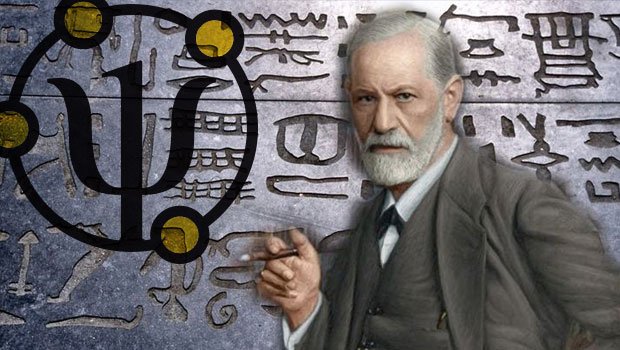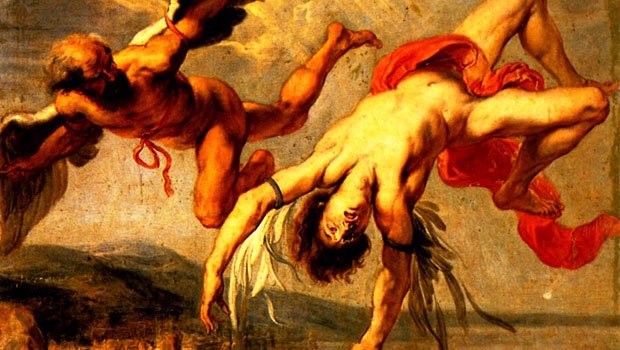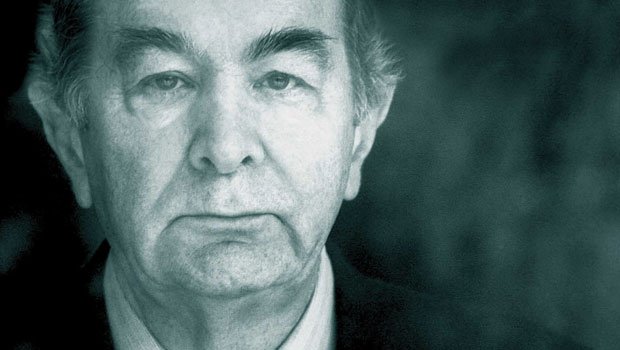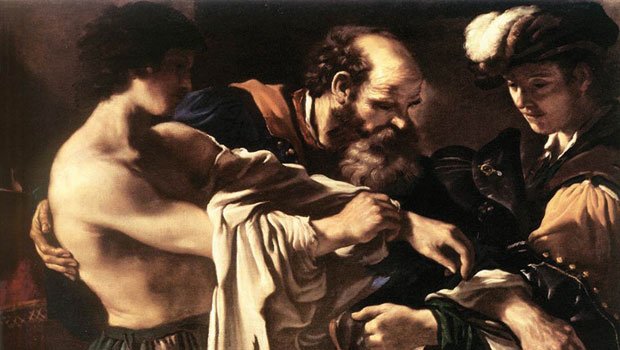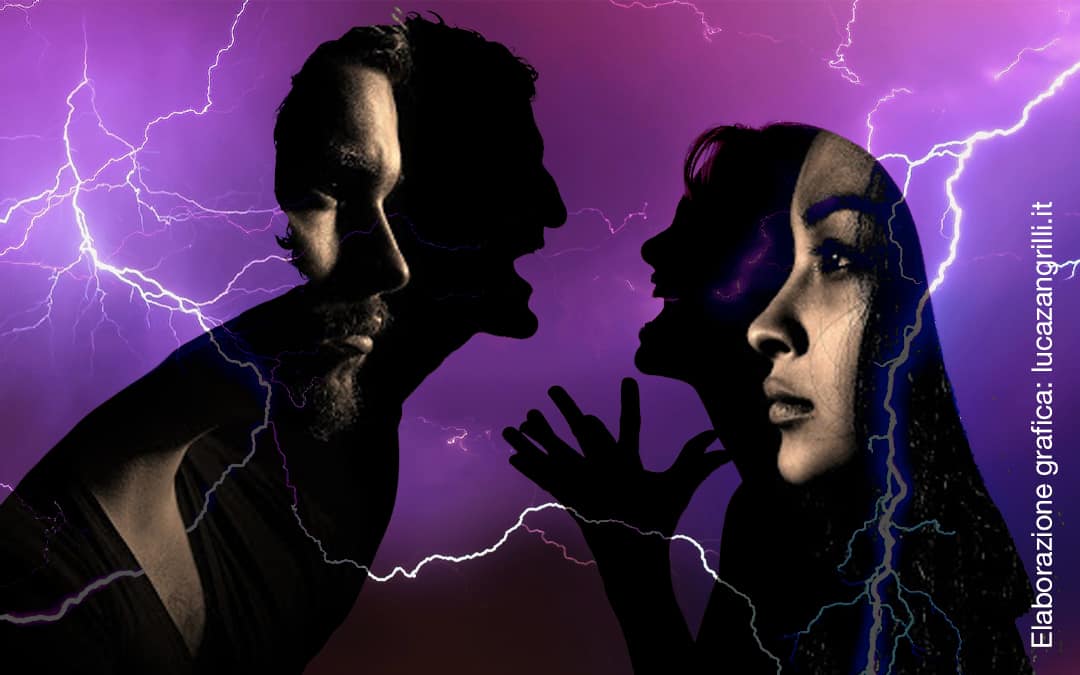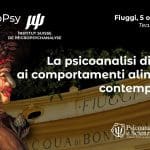Sommario
An abstract taken from the report presented by the Author at the Congress “Alle Origini del Sogno” held at Frosinone on 10th– 11th march 2005
Introduction:
Everyone has heard of the repression theory masterfully described by Freud in the “Papers on metapsychology” in 1915, remaining in the shadows, because only briefly touched by the Master in his official works, a “theory of forgetting” which we could define cybernetic. In a letter sent to his friend and colleague Wilhelm Fliess on the 6th December 1896, he reveals in a complete manner this theory, speaking about the hypothesis that the psychic apparatus has been formed through a stratification process which took place in the consecutive development period limited by the transcription phases of the psychic contents. For Freud, therefore, the psychic apparatus would be systematically exposed to distortions of its functioning due to transcription errors of information. Meanwhile a first consideration is necessary and I beg you to treasure it during the following exposition: if the psychic data is repeatedly written and programmed, a psychic mechanism, which is responsible for the action of meeting and harmonization between phylogenesis and ontogenesis and between past and present, must necessarily exist. In other words, some kind of genic reprogramming of the system. In this report I will illustrate the research done on the dream phenomenon by the great dream scientist Michel Jouvet, which sustains the existence of reoccurring programming defined “endogenous phylogenetic learning” achieved through dreams, high-lighting how this hypothesis harmonizes itself perfectly with the micropsychoanalytic dream theory.
Discussion:
In the last years I have attempted to analyse thoroughly the relations and the existent analogies between the laws, which, organize the human psychism, and those, which, regulate the minds of computers. Many cybernetic experts affirm: “the human mind is structured like a computer”. It seems to me a strange way to reason. It would probably be more correct to say that Man has projected in a conscious, preconscious and unconscious way, the computers on the basis of the structure of his own mind. We know how large a part the projection has in the human creativity.
Whoever deals with psychotherapy, in fact, knows very well how the major part of the repressed material is systematically recovered during the session through projective exteriorizations: The “as if” is the refrain of every analysis and even the normal-neurotic individual often recovers the most important nuclei of his existence attributing temporarily to others the distressing vicissitudes which up to that moment had been relegated to the unconscious.
The major problem that afflicts the cybernetic minds is the deterioration of the stored information which, being incessantly rewritten in different loci of the electromagnetic support, presents exactly the same problems of the biological minds. For this reason the creators of cybernetic systems have thought of providing their computers with memory systems which are difficult to corrupt and will assure the continuity of the basis functions: who am I, where am I, where are my organs, what are they needed for, what must I do “as soon as I wake up”, etc. A kind of psychic DNA, which, even in cases of massive damage consents a potential reconstruction of the computer’s mind: This is the information contained in the ROM (Read Only Memory) and in the BIOS (basic input/output system). Obviously in the human being things are much more complex and dynamic.
As in the last twenty years we assist a radical change of paradigm in the genomic field, with the demolition of the dogma according to which genes constitute the only foundation for hereditary and the whole human project, with the discovery of the so-called epigenetic mechanisms, so as in the psychic field the dream could be the principal mechanism for the reprogramming of the mental patterns.
The ontogenetic research of paradoxical sleep, also conducted experimentally on mice and cats, has revealed the existence of a progressive transition between the last days of the neurogenesis and the appearance of the paradoxical sleep.
In fact during the first post-natal days the waking state is interrupted by another state, lacking evident periodicity named “seismic sleep”, characterized by a perpetual activation of the motor neurons, with the absence of typical electrophysiological signs of paradoxical sleep. Jouvet affirms: “It is most probable that the seismic sleep is the expression of spontaneous movements which accompany the neurogenesis to the end of the embryonic life”1.
And furthermore: “… The foetal movements are, without doubt, the motor expression of the synapses formation, genetically preformed, during the maturation of the CNS. We know, in effect, that the environment can modify the anatomical and functional organization of the brain… It seems difficult, therefore, to understand how a definitive genetic programming, established at the end of maturation, can be efficient in organizing the future innate behaviour in spite of plastic synaptic modifications caused by the environment. … For this reason the concept of a genetic programming, recurring and periodic, would seem more satisfactory”. 2
The mechanism of this recurring programming is definied by Jouvet “endogenous phylogenetic learning”
Let’s follow the events, which are activated in our psychosomatic apparatus every night, utilizing the precious theses of M. Jouvet.

2 After 90 minutes extremely sensitive sensors inform the brain that the energy (in the form of ATP) is re-established: the dream takes place, which consumes energy, and the cycle re-begins.
The sleep is necessary to be able to dream: when and only when a sufficient level of energetic reserve has been achieved, the dream can begin.
But why don’t heterothermic creatures, even though consuming energy in their waking state, dream? Because their nervous cells continue to divide themselves indefinitely, whilst the human ones, after the first three months of life, stop multiplying themselves.
There is another fact of great interest: the more immature a mammal or a bird is at birth, the greater the quantity of seismic sleep will be manifested (the seismic sleep coincides with the end of the genetic programming of the brain at the end of the neurogenesis). In the same way, the more a newborn mammal is immature (and its thermoregulation is fragile), the more its quantity of paradoxical sleep increases. It is in the moment in which the maturation and the genetic programming of the Nervous System ends that the dream reaches its acme.
While in the case of heterothermic creatures the neurogenesis lasts for the whole life (therefore the conservation of the psychism is controlled by the DNA) this disappears in the homeothermic creatures. My personal idea is that animals, freeing themselves from heterothermic slavery which compounded them to a necessarily restricted territory, had the necessity of memorizing the return itinerary to their native territory: according to Jouvet the dream was invented by birds, perhaps contemporarily with the homeothermy.

We could, therefore, hypothesize that the seismic sleep, sleep characterized by cellular dynamism with diffused bioelectricity, which does not depend on any precise centre, realizes the psychic computerization, in the same way that the DNA realizes that of the soma.
Once this has been accomplished, the seismic sleep disappears and is replaced by increasingly larger amounts of REM sleep: in the ontogenesis the paradoxical sleep progressively takes the place of the seismic sleep as the neurogenesis disappears in the postnatal development of mammals.
Whilst Jouvet reminds us how the seismic sleep is an expression of spontaneous movements, which accompany the neurogenesis at the end of the embryonic life, Nicola Peluffo underlines how during the seismic sleep, cellular motor traces of relaxing movements which took place in the uterus, motor traces fixed in a cellular proto-memory, would organize themselves structuring themselves in sensor-motor schemes, translatable probably after the birth, into linguistic and figurative expressions. 3
The human psychic can be simplified into a cybernetic functioning structure: its survival in time, in the absence of a permanent neurogenesis, must be assured by a device or perennial memory system which allows it to recover the integrity of its functions after the destructive impact of exogenous or endogenous traumatic events.
During the psychosomatic intrauterine development, the human being already experiments sensor-motor schemes of post-traumatic relaxation and memorizes them in a cellular level (Peluffo). At the end of the neurogenesis there is a seismic sleep explosion, a true generalized storm of neuro-psychic activity, which would have the function of computerizing the somato-psychic entity in formation: all our species’ experiences would be shifted to the cellular level (Zangrilli).
In perfect harmony with M. Jouvet, I agree with the fact that it is the REM sleep, which has the task of the genetic reprogramming of the psychism, but I see the process in a more dynamic way.

The dream in the REM phase is the kingdom of the iconic. The human being is continuously submitted to stimuli, more or less traumatic, endogenous and exogenous, which tend to alter his homeostasis. Whoever defines himself a psychoanalyst will not have any difficulty in admitting that as well as the deforming thrust of the environment and the milieu, an incessant and mysterious one also exists, which comes from the unconscious system; in other words from the memory nuclei, energetically active, isolated from the actual memory and management systems, which incessantly requires anachronistic satisfaction and produces a constant tension, potentially pathogenic, within the psychosomatic apparatus.
As D. Lysek affirms: “ … the contents of the unconscious (that is to say the representations, the phantasies and their affective cathexis) constitute a system of referral, which unknown to the subject, guides his thoughts, his sentiments and his actions”. 4
According to my views the dream is a kind of experiential archive, which, on a patrimony of phylogenetic information, specifies itself on the basis of the intrauterine vicissitude experiences and enriches itself with the patterns of stimulation-relaxation, experimented in the maternal-foetal unity, to then computerize the organism at a cellular level serving itself of the neuronal storm produced by the seismic sleep (Jouvet).
Koukkou and Coll. 5 (1983), after a careful re-examination of numerous works, using both psychophysiological evidence and psychological clinical data, put into evidence of how, during the REM sleep, the interemispheric coherence, inferred from electroencephalographic registrations, is higher and thus would mean that there could be an access to mnesic material connected to precocious infantile experiences or to phylogenetic material linked to the right hemisphere.
Such experiences in the REM phase become accessible to the work of the left hemisphere, dominant in the adult age, and mainly connected to linguistic-analytic functions; therefore, precocious infantile experiences, predominantly sensor-motor, would become useable for a linguistic and verbal elaboration.
The author affirms that thanks to the psychological experience called “dream”, the individual can harmonize his psychism in terms of historical, emotional and also narrative continuity. Once the seismic sleep, at the end of the neurogenesis, has “installed the operative software system”, it will be progressively replaced, within a few months, by the rhythmic alternating of NREM sleep and REM sleep and it will be the latter which sustains the role of high velocity memory that will have the function of clarifying the situation, informing the superior psychic functions of what, at an unconscious level, needs to be satisfied, indicating, at the same time, the most suitable attempts that the phylogenetic, genealogical and ontogenetic story of the individual, has selected to lower the psychic tension and re-establish the homeostasis.
The micropsychoanalytic vision of the Dream finds, therefore, an extremely satisfying harmonization with the opinions of Michel Jouvet. The substantial difference resides in the fact that, whilst the great French dream scientist Michel Jouvet sustains that the REM sleep has the function of genetic reiterative reprogramming of the psychism, the micropsychoanalysis, on the other hand, gives more importance to the incessant pressure of the unconscious system, which asks for the disposal of the surplus tension.
The Dream is the physiological mechanism of the disposal of tension utilizing means of optimized discharge during the phylogenesis. When the traumatic accumulation is overabundant, the dream physiology is no longer sufficient to realize the tensional discharge and the pathological symptom emerges. In a creative way, dreams put into act the theatre of our lives every night: using images without time, they assure the conservation and the continuity of our history, the sources of our individuality, the path which guides us from the past to the future. With the intense efficacy of the great Poet Fernando Pessoa we will conclude saying:
Only Dreams are always what they are.
They are the side of us from which we are born
and in which we are always natural and ourselves 6
Written by: Quirino Zangrilli © Copyright
Translated by Linda De Nardo
Note:
1 M. Jouvet, Il sonno e il sogno, Biblioteca della Fenice, 1993.
2 M. Jouvet, La natura del sogno, Theoria, Roma, 1991.
3 N. Peluffo, Aspetti epistemologici dell’attività associativa ed onirica, Sogno e psicopatologia, Bollettino dell’ Istituto Italiano di Micropsicoanalisi, n° 29-30, Tirrenia Stampatori, 2001.
4 D. Lysek, Relazione tra sogno e psicopatologia dal punto di vista micropsicoanalitico, Sogno e psicopatologia, Bollettino dell’ Istituto Italiano di Micropsicoanalisi, n° 29-30, Tirrenia Stampatori, 2001.
5 KOUKKOU M. and LEHMANN D. (1983), “Dreaming: The Functional State-Shift Hypothesis. A Neuropsychological Model”. British Journal of Psychiatry, 142, 221-231.
6 Fernando Pessoa, L’ora del diavolo.
Videographics: Luca Zangrilli
N.B.: The backgrounds of some of the images, which accompany the article, come from the marvellous oneiric paintings of the great artist Joshep Cusimano
Nel 2024 riceve il Premio Accademico d’Onore della Accademia Culturale Internazionale Cartagine 2.0.
Doctor Quirino Zangrilli was born in Fiuggi in 1955. Graduated with honours in Medicine and Surgery in 1980, he practices Psychoanalysis, with intensive method, since 1982. He is author of 72 scientific pubblications. He has attended as speaker or president of session to many national and international scientific Conventions. His book “La vita:involucro vuoto” (Life: empty involucre), published by Borla in 1993, has been in use by the Chair of Dynamic Psychology at Turin’s University since 1994. He is the author and founder of the multimedia review “Psicoanalisi e Scienza” (Psychoanalysis and Science), the most read Italian on line review of psychoanalysis. In 2012 he participated as a Speaker at the Scientific Festival of BergamoScienza. In 2013 he illustrated his research on the maternal-fetal interaction in the Special Session of the XI World Congress of Perinatal Medicine in Moscow with his relation “Intrauterine Imprinting”. He is visiting teacher at Moscow Institute of psychoanalysis and training psychoanalist of Swiss Institute of Micropsychoanalysis.
In 2024 he received the Honorary Academic Award of the Carthage 2.0 International Cultural Academy
Le Le Docteur Quirino Zangrilli est né à Fiuggi en 1955. Diplômé avec mention en Médecine et Chirurgie en 1980, il pratique la psychanalyse depuis 1982, en utilisant une technique intensive. Il est l’auteur de 72 livres et publications scientifiques. Il a participé en tant que conférencier ou président de session à de nombreuses conférences scientifiques nationales et internationales. Son livre “La vie : enveloppe vide”, publié par Borla en 1993, est adopté depuis 1994 par la Chaire de Psychologie Dynamique de l’Université de Turin. En 1994, il a reçu le “Prix national Ciociaria de médecine”. Il a conçu et fondé le magazine multimédia “Psicoanalisi e Scienza”, qui est le magazine de psychanalyse en ligne en italien le plus suivi au monde. (Source : Entireweb, Alexa, Google, Virgilio, Arianna., etc.). En 2012, il a participé en tant que conférencier à la colloque scientifique de BergamoScienza. En 2013, il a exposé ses études sur l’interaction materno-fœtale lors de la session spéciale du XIe Congrès mondial de médecine périnatale à Moscou avec le rapport “Intrauterine Imprinting”. Il est chargé d’enseignement au cours de spécialisation de trois ans en psychanalyse, psychothérapie psychanalytique et consultation psychanalytique à l’Université de Moscou. Il est membre didacticien de l’Institut Suisse de Micropsychanalyse et de la Commission pour la Pratique de celui-ci.
En 2024, il reçoit le Prix Académique Honoraire de l’Académie Culturelle Internationale Carthage 2.0.
В 2024 был награжден Почетной академической премией Академии Международной Культуры «Карфаген 2.0».

